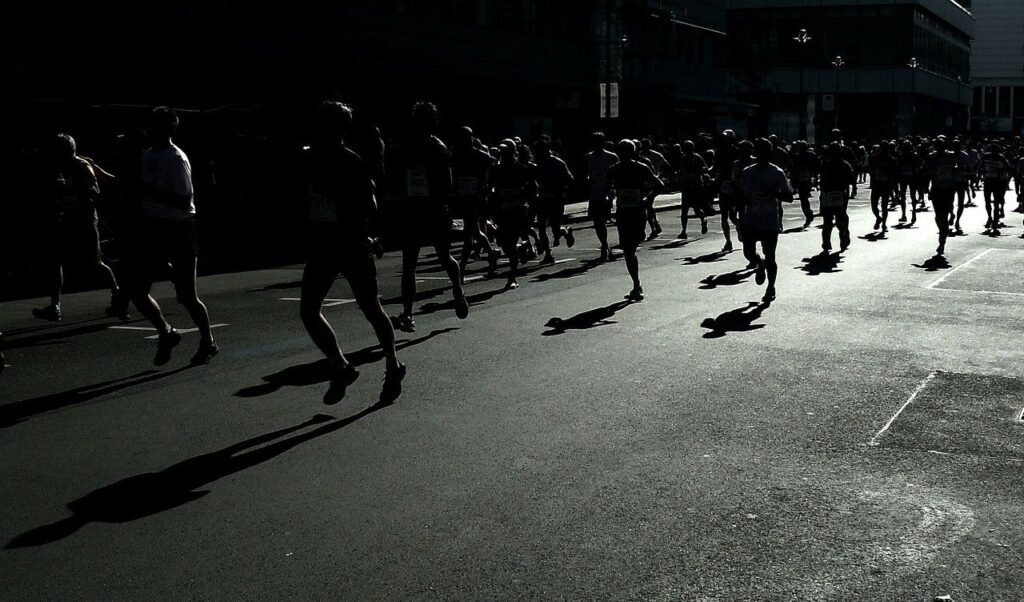Why photos are must haves
Marathon events are a popular pastime for many fitness enthusiasts around the world. Whether it’s for the challenge or the opportunity to support a good cause, marathons attract a diverse group of people from all walks of life. For both race organisers and participants, capturing the event’s memories is an essential part of the marathon experience.
One way to preserve those memories is through photography. Race organisers often hire photographers to capture the moments and emotions of the event. These photographs can be used to promote future races, showcase the event, and offer participants the chance to relive their achievement.
Challenges
However, with thousands of participants, it can be challenging to ensure that every runner has their photo taken, and even harder to sort through the vast number of images taken to find one specific individual’s photo. This is where automatic tagging of photos can make a huge difference.
How can you solve it?
Automatic photo tagging uses machine learning algorithms to recognise and categorise objects and people within an image. By using facial recognition technology and other visual cues, the software can identify individuals in the photo and tag them accordingly. Once the images have been tagged, they can be easily sorted and searched.
For race organisers, this technology can be a game-changer. Instead of manually sorting through thousands of images, they can use automatic tagging to identify and categorise photos by bib number, race category, or even by the time that the photo was taken. This not only saves time and resources but also ensures that every participant has a chance to find their photo.
Participants also benefit from this technology. Instead of spending hours scrolling through photos, they can search for their picture quickly and easily by entering their bib number or name. This saves them time and makes it more likely that they will find the photo they are looking for.
Moreover, with the rise of social media, tagging photos online is a critical component of the post-race experience. Participants can share their achievements with friends and family, and the automatic tagging makes it easier for them to find their pictures and share them on social media platforms.
Conclusion
In conclusion, automatic tagging of photos can be a huge benefit for both race organisers and participants. It not only saves time and resources but also makes it easier to find and share the memories of the event. As the technology continues to improve, we can expect to see even more innovative applications of automatic tagging in the future.

